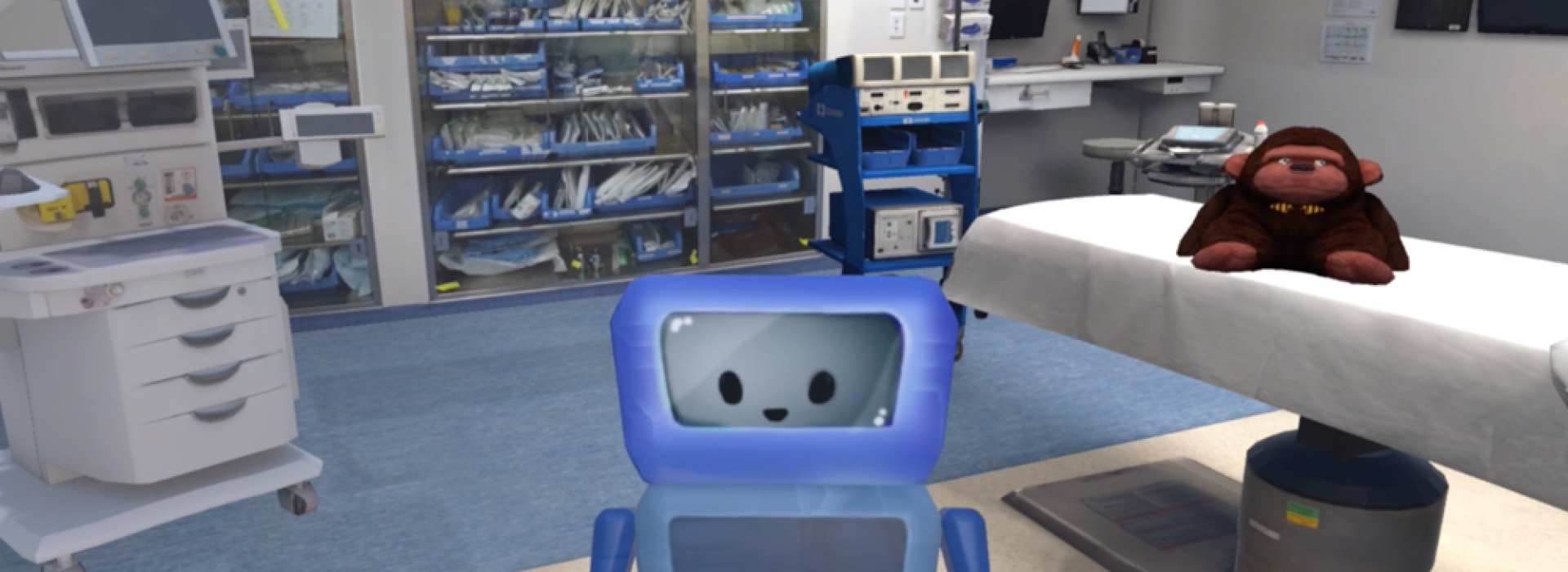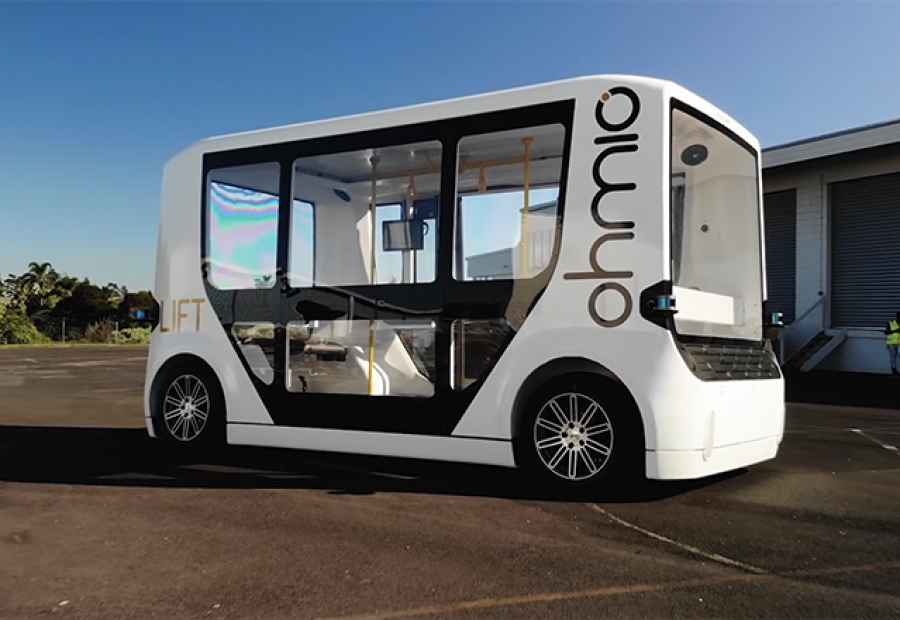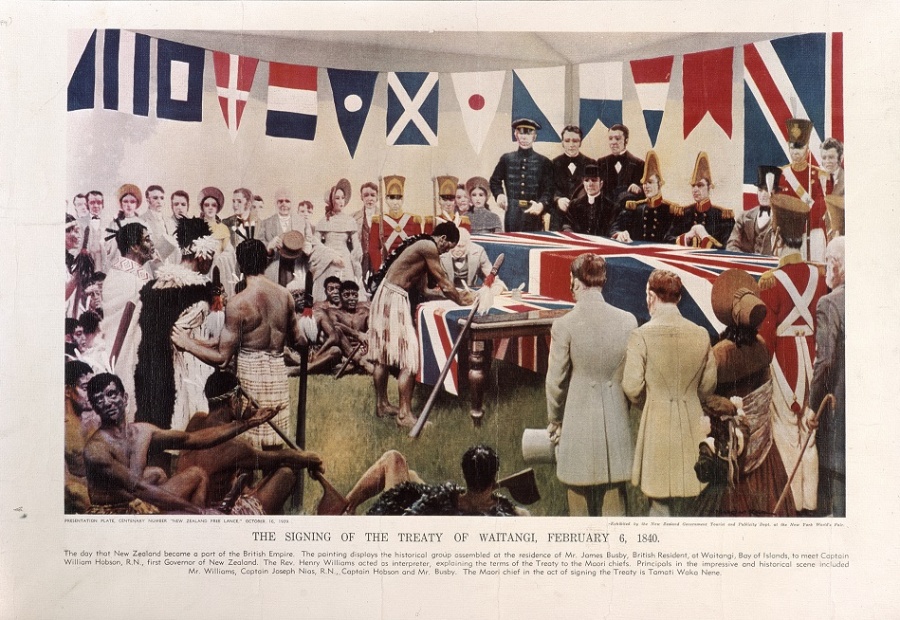GOOD MEDICINE
A hospital visit for the young ones is a scary prospect and it’s often not the procedure itself they fear. Studies have shown that kids worry about being separated from their loved ones and are frightened about what they will encounter during their time in hospital. As many as 2 in 3 kids will suffer from anxiety which can manifest in many ways including sleep disturbance, uncharacteristic behaviour and even depression. The more prepared kids are for their procedures the easier it is and VRemedies helps patients get ready for their visit in a fun, informative and interesting way.
BRING ON THE ROBOT
Using a virtual reality headset, child patients are given their own private preview of what to expect during their hospital visit. A friendly robot guides sick children through procedures such as radiation therapy, theatre – from pre-operation to recovery - MRI and CT scans and X-Ray. Because of its video game-like format and use of technology that is familiar and unthreatening to young people, VRemedies can help make upcoming visits considerably less daunting. Virtual reality technology allows children to be introduced to doctors and other medical professionals plus they can see and hear the clinical equipment and machines they will encounter on the day of their treatment. The robot goes through the procedure first so the child can watch and then they are encouraged to participate themselves.
FROM VIRTUAL TO REALITY
Once the child has experienced their VR hospital visit doctors can gauge their patient’s reaction to the procedure and check their anxiety levels and preparedness. An assessment is made on the child's ability to follow instructions such as "stay still" or "hold your breath". Clinical teams can then determine the need for sedation or general anaesthetic during the real procedure. The aim is to improve the overall hospital experience for young patients, thereby reducing the need for medication to manage anxiety. In essence the headsets allow patients and their families to be more involved in their own care which is a big plus for everyone involved. The technology has been developed by working directly with New Zealand’s leading Children’s Hospital.
WHATS NEXT?
Staples VR are working on using similar technology to assist patients with physiotherapy and rehabilitation. The system also has applications in aviation maintenance training and the field of forensic science. In conjunction with ESR New Zealand, Staples VR have developed a forensic training simulator which creates a photo realistic experience based inside a virtual simulated crime scene.
So, if you’d like to see virtual reality technology improving people’s lives… We know a place.






